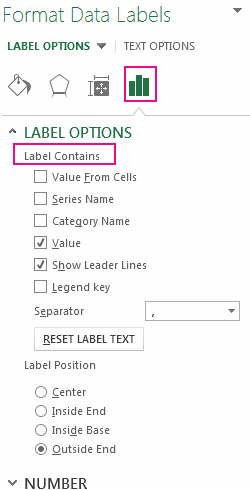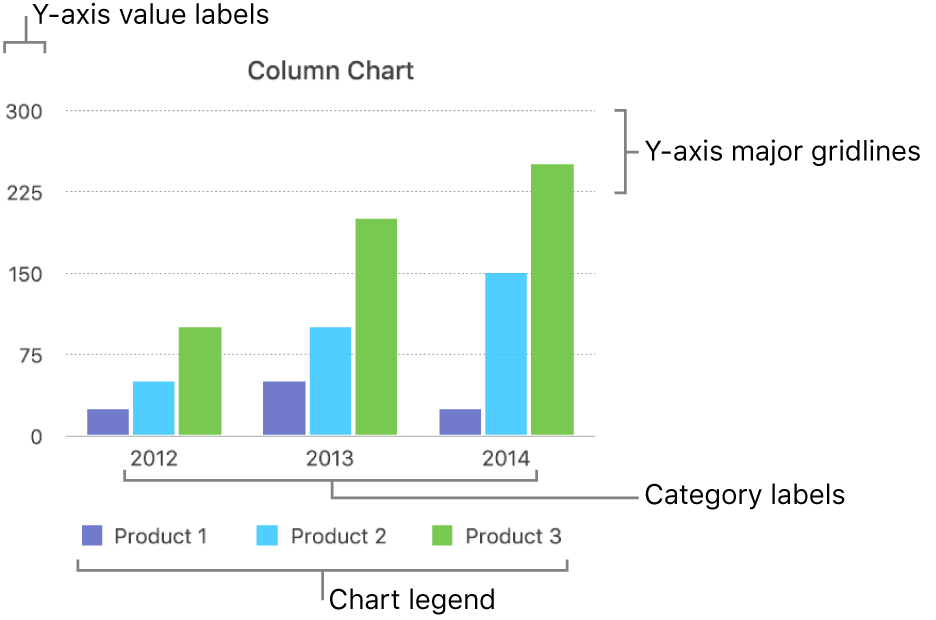

- #How to add labels to pie charts in excel 2013 how to
- #How to add labels to pie charts in excel 2013 professional
- #How to add labels to pie charts in excel 2013 series
When the new pie chart is inserted in your worksheet, you may want to go to the Design tab > Charts group, and try different pie chart styles to choose the one that works best for your data. Include the column or row headings in the selection if you want the heading of the value column / row to automatically appear in the title of your pie chart. In this example, we are creating the most common 2-D pie chart: Insert a pie chart in the current worksheet.Īs soon as you've arranged your source data properly, select it, go to the Insert tab and choose the chart type you want (we will elaborate of various pie chart types a bit later).
#How to add labels to pie charts in excel 2013 series
#How to add labels to pie charts in excel 2013 how to
How to create different pie chart typesĬreating a pie chart in Excel is extremely easy, and takes nothing more than a couple of button clicks.
#How to add labels to pie charts in excel 2013 professional
And then, you may want to invest a few more minutes in chart customization to give your Excel pie graph an elaborate professional look. However, in Microsoft Excel you can make a pie chart in a minute or two. People love pie charts, while visualization expert hate them, and the main scientific reason for this is that a human eye is unable to compare angles accurately.īut if we cannot stop making pie graphs, why don't we learn how to do this properly? A pie chart can be difficult to draw by hand, with tricky percentages presenting an extra challenge.

In such graphs, the entire pie represents 100% of the whole, while the pie slices represent portions of the whole. Pie charts, or circular graphs as they are also known, are a popular way to show how much individual amounts or percentages contribute to the total.

In this Excel pie chart tutorial, you will learn how to make a pie chart in Excel, add or remove the legend, label your pie graph, show percentages, explode or rotate a pie chart, and much more.


 0 kommentar(er)
0 kommentar(er)
